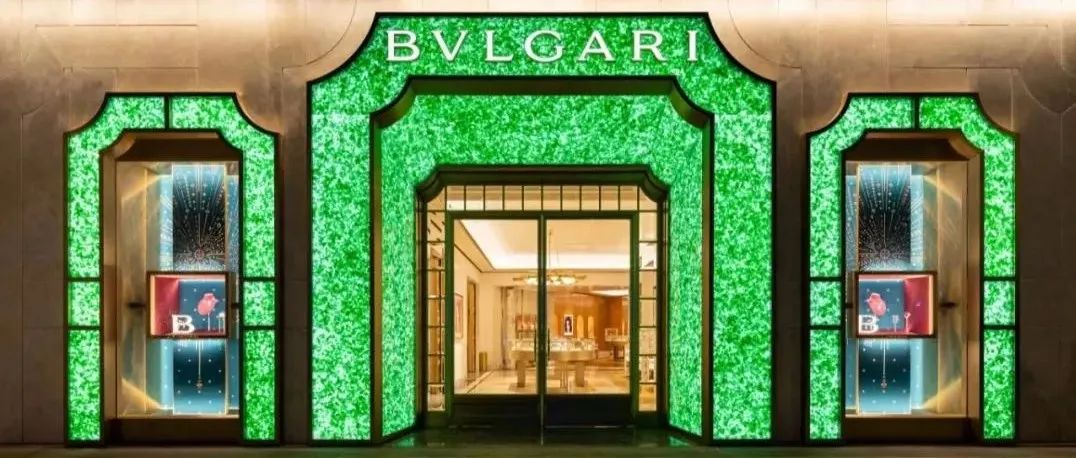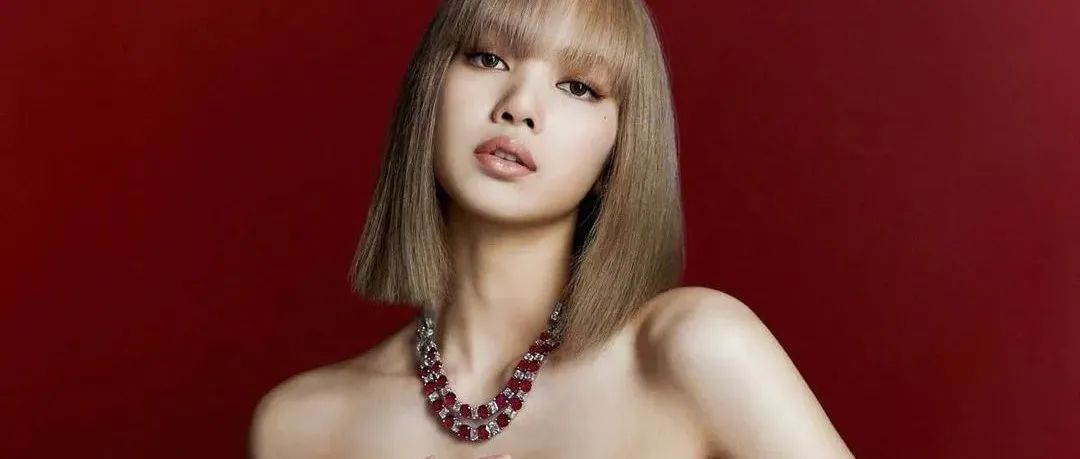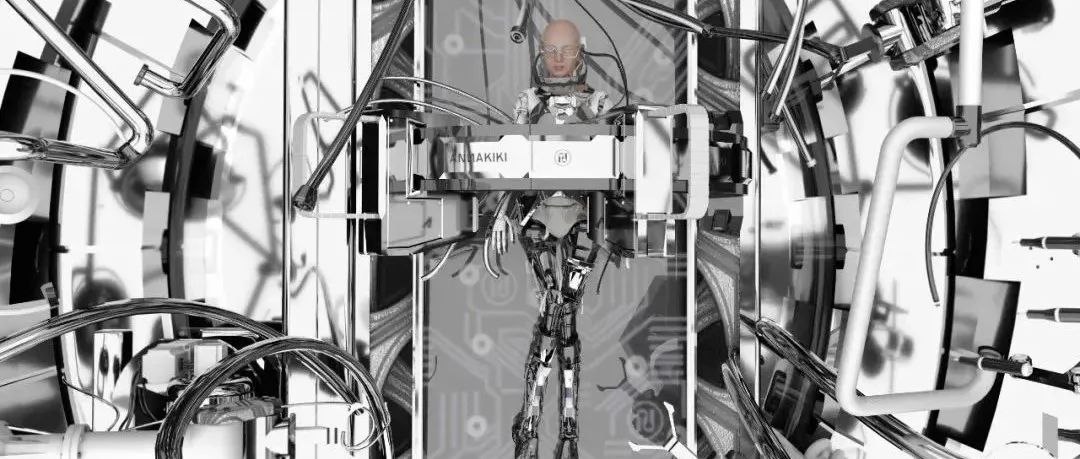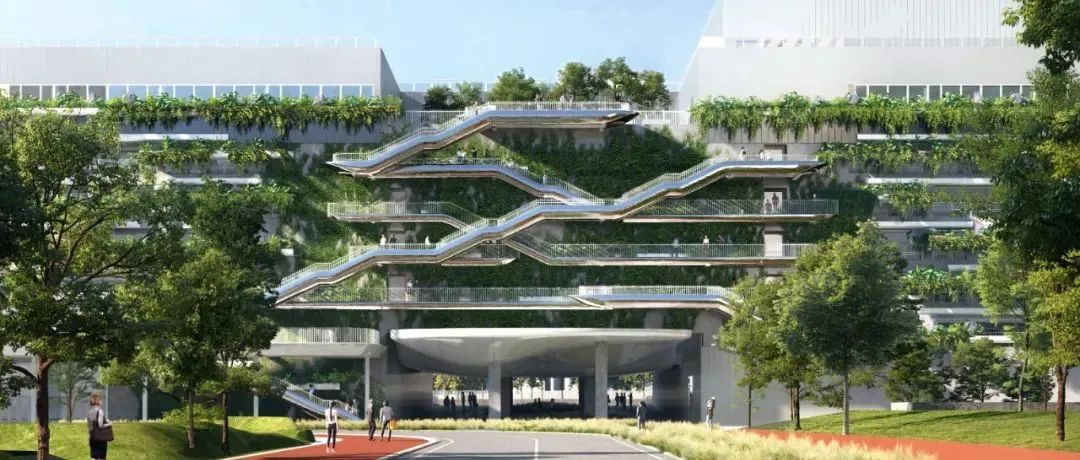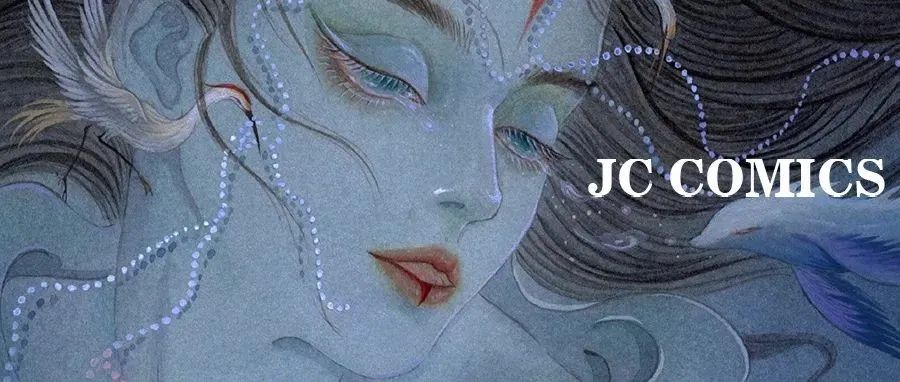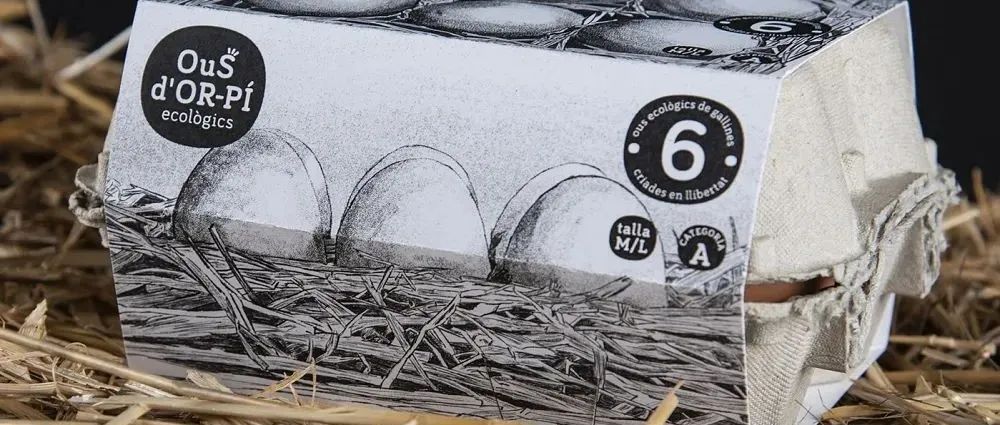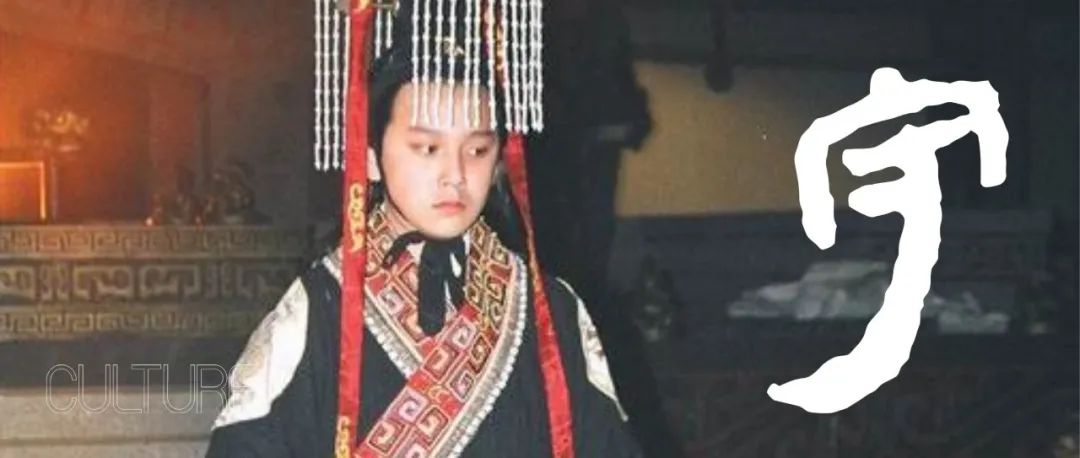视频 Video © 宝格丽 Bulgari
Located at Shanghai Plaza 66 – one of the largest and most popular shopping malls in Shanghai – the new Bulgari Shanghai flagship store features a green, jade-like façade made from brass and recycled champagne, beer, and other glass bottles. Inspired by a medley of influences, from the original Bulgari store in Rome to Shanghai’s unique Art Deco architecture, the project is innovative and sustainable, yet remains true to the heritage of both Bulgari and Shanghai.
Bulgari Shanghai is the third flagship store façade in MVRDV’s ongoing partnership with the luxury Italian jewellery brand. Like the previous designs, the Shanghai project makes use of a visual motif inspired by the portals and cornices of Bulgari’s first original boutique on Rome’s Via dei Condotti, adopting the recognisable visual identity that now distinguishes their stores worldwide.
However, in a twist on the previous designs, this motif is not used to form windows inthe façade. Instead, the Shanghai façade is mostly windowless, and the cornice motif is employed in layered panels that form an Art-Deco-inspired pattern. Art Deco is a theme that Shanghai and Bulgari have in common: the Chinese city’s status as a key port connecting East and West in the early 20th century gave it a rich tradition in this architectural style, while Bulgari’s Déco collection characterised its jewellery in the same period.
To close this circle of inspiration, the façade takes on the materiality of fine jewellery with panels that resemble China’s most precious stone, Jade. The result is a complex design, with layer upon layer of cross-cultural references; Art Deco architecture with a jewellery-like quality, combining the best of Eastern and Western culture. The gold-coloured brass trim gives the façade an appearance like jade jewellery.
The panels are made of compressed green glass, a unique material effect that creates a translucent finish. At night, a backlight behind the panels gives the façade a striking glow, highlighting the unique textural quality of the glass. The glass is completely recycled, produced at the Magna factory in Teutschenthal, Germany, which specialises in glass treatment. The project demonstrates the potential of sustainable recycled materials, even in luxury contexts, and takes one step towards MVRDV and Bulgari’s goal of store designs that are built using 100% circular economy materials. Meanwhile the backlight is engineered to minimise the façade’s energy footprint, using less than half the energy of a typical comparable installation.
“Our collaboration with Bulgari has yielded some fascinating material experiments,” says MVRDV founding partner Jacob van Rijs. “It’s a passion we share with them, albeit in different design disciplines. The Shanghai store encapsulates the value of these experiments: given the right treatment and detailing, leftover champagne and beer bottles, which would otherwise be thrown away, become a jewel for the city.”
Bulgari Shanghai is the third shopfront MVRDV designed for the Italian brand: in 2018 Bulgari Kuala Lumpur opened with a marble-inspired façade illuminated by veins of gold light. For this effect, glass-reinforced concrete was cut according to the cornice pattern, filled with resin, and illuminated by amber LED Lights. This was followed by the opening of Bulgari Bangkok in 2020, where the cornice pattern was created in brass and combined with different types of glass to give a striking jewel-like effect. Subtle lighting in each window highlights the store’s products in Bulgari’s signature saffron colour.
宝格丽吉隆坡旗舰店立面
Bulgari Kuala Lumpur flagship facade
点击图片进入项目详情
click the image to know more
宝格丽曼谷旗舰店立面
Bulgari Bangkok flagship facade
点击图片进入项目详情
click the image to know more
Early projects by the office, such as the headquarters for the Dutch Public Broadcaster VPRO and WoZoCo housing for the elderly in Amsterdam lead to international acclaim. 250 architects, designers and other staff develop projects in a multi-disciplinary, collaborative design process which involves rigorous technical and creative investigation. MVRDV works with BIM and has official in-house BREEAM and LEED assessors. Together with Delft University of Technology, MVRDV runs The Why Factory, an independent think tank and research institute providing an agenda for architecture and urbanism by envisioning the city of the future.
本文来自微信公众号“MVRDV”(ID:MVRDV_China)。大作社经授权转载,该文观点仅代表作者本人,大作社平台仅提供信息存储空间服务。


